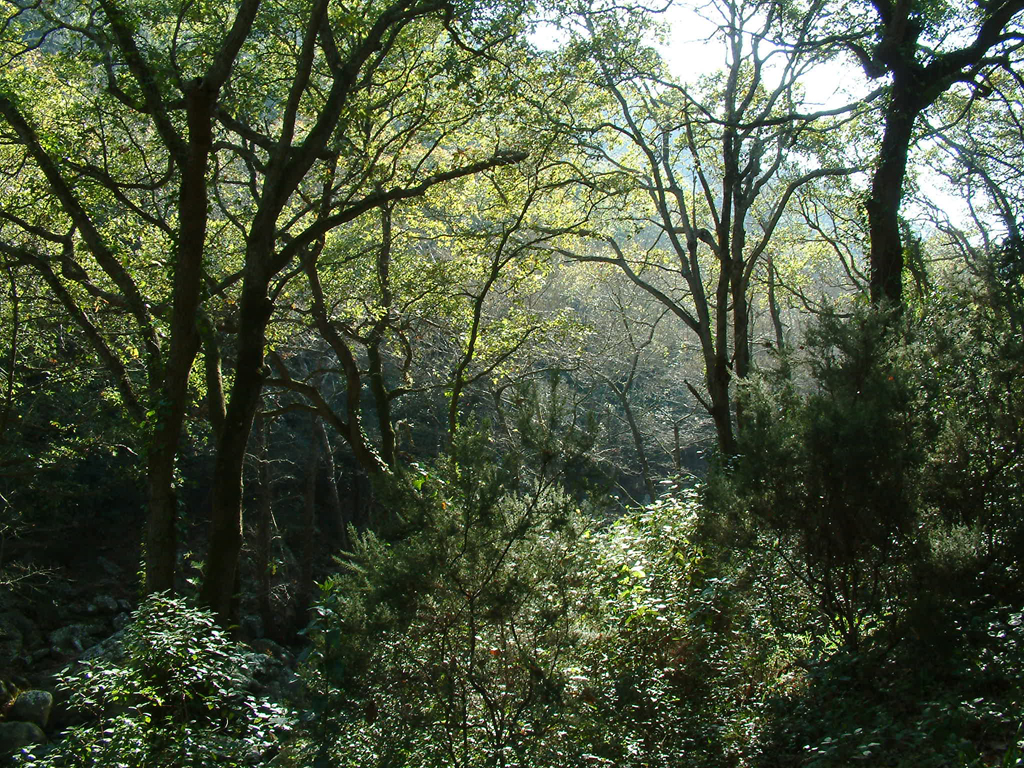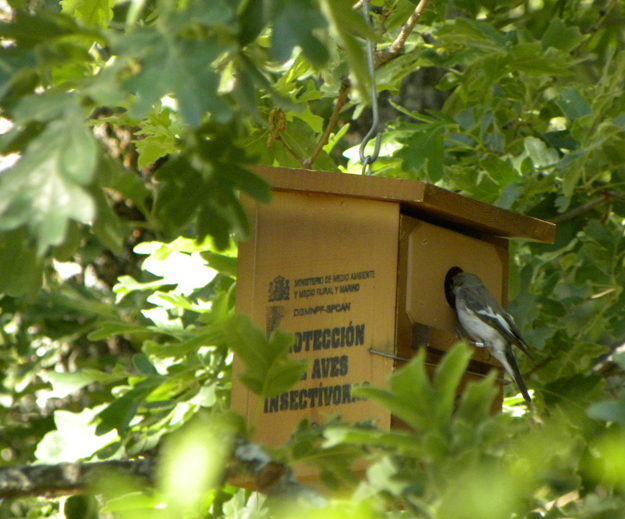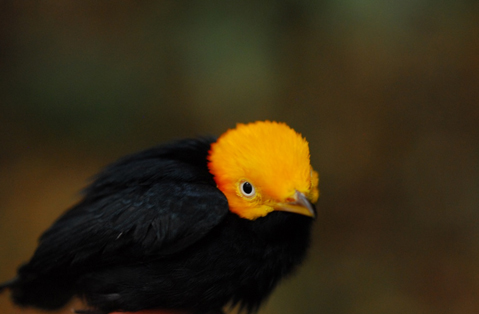Field sites
We have done our research in many places worldwide. However, there are always a few sites that one likes the most:
Campo de Gibraltar:

Located on the southernmost tip of Spain, this region includes some of the last refugia for forest birds in the driest Mediterranean region. Wildlife is unique in the woods that cover the ravines of its mountain ranges. Among other forest animals, we can find there resident populations of blackcaps Sylvia atricapilla. During winter, the area is literally invaded by huge numbers of migratory blackcaps coming from the north, which set up the scene for exciting interactions between birds with different migratory behaviours. We have been studying these populations in collaboration with José Luis Tellería since Javier"s PhD thesis (José Luis was his supervisor).
La Herrería forest

La Herrería is a well preserved oakwood located near San Lorenzo de El Escorial, central Spain. The forest, which belongs to the Spanish National Heritage, is a popular place for nature recreation. This provides a good opportunity to study the effects of recreational activities on bird populations. In this area, we monitor the breeding performance of birds in nest boxes, and maintain one of SEO/BirdLife’s Constant Effort Ringing Sites for monitoring common breeding birds. The site has been active since 2007, and is managed by SEO-Monticola and BCV-UCM Ringing Groups.
The Neotropics

We are investigating the ecology and evolution of host-symbiont interactions in the Neotropics. We have worked mostly in Ecuador, from the primary forests on the west slopes of the Cutucú Mountain range to the Andean slopes of the Podocarpus National Park to the south of the country. We also took the opportunity to sample at the Nouragues reserve in the heart of Northern Amazonia in French Guiana, in collaboration with Borja Milá at the Museum of Natural History of Madrid.

